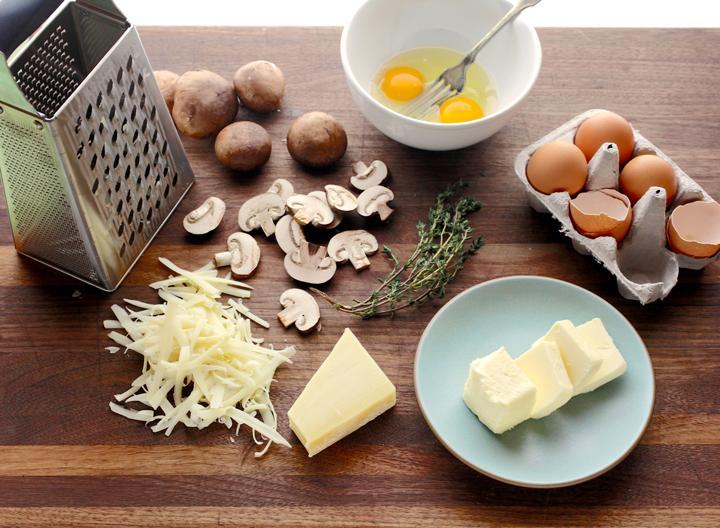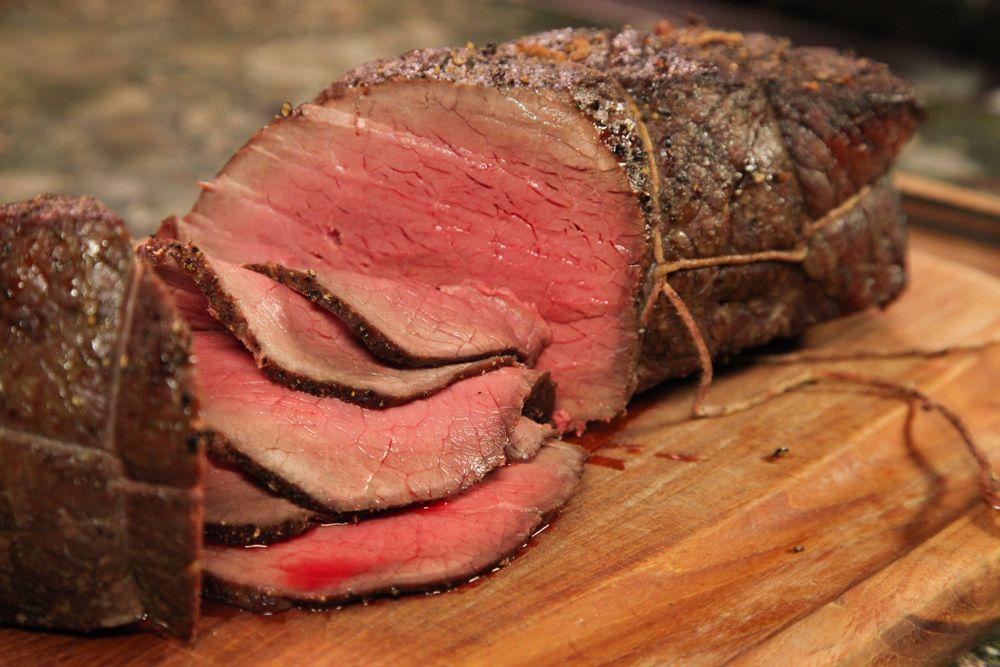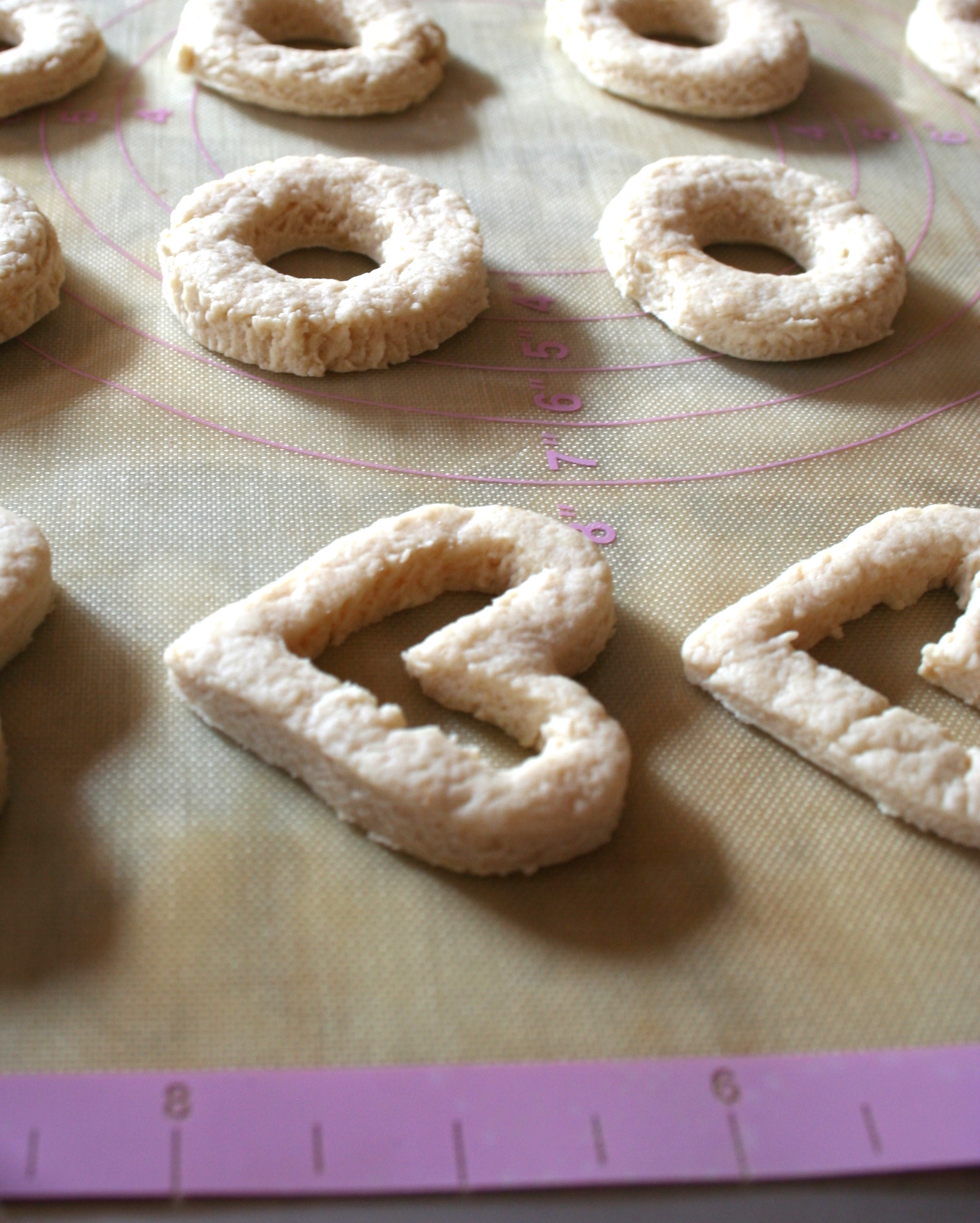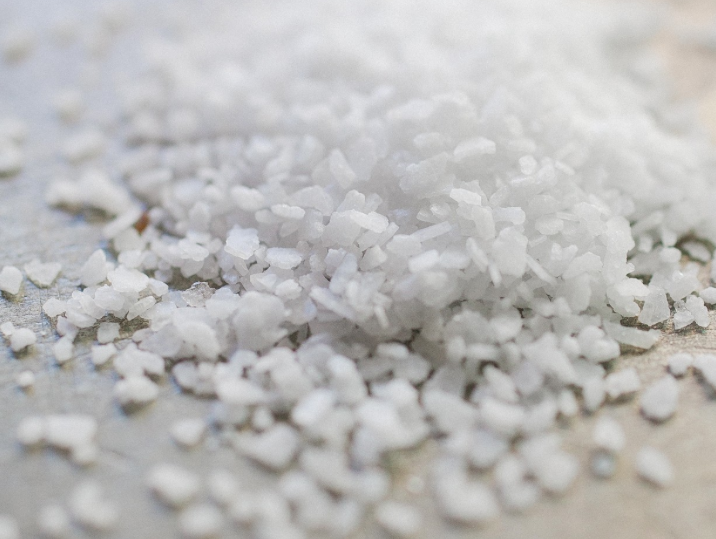Everyone’s had a mishap in the kitchen at some point. Sometimes, it can’t be avoided (sorry). But by educating yourself on some of the most cooking mistakes, you can help avoid potential kitchen calamity and ensure reliable, delicious results.

Prepping ingredients via Craftsy instructor Joel Gamoran
It’s true: common sense can sometimes prove elusive while you’re engaged in the act of preparing food. But by reviewing this collection of common cooking mistakes now, you can invest in future food success by learning how to avoid common pitfalls.

Photos via CakeSpy unless otherwise noted
1. You don’t read the recipe before you cook
Not reading the recipe before you start cooking can lead to culinary calamity. No matter how nimble you are as a chef, reading the recipe beforehand will allow you to anticipate upcoming steps and potential prep work involved during all stages in a recipe. Even if you’re the type of chef who likes to go rogue, reading the recipe is important; it will help you learn the “rules” before you break them.
2. You don’t use a meat thermometer
It looked like your cut of meat was cooked to perfection, but once you sliced into it (against the grain, please) you found it completely overcooked. Even if it looks perfect from the outside, you need a meat thermometer to get a good idea of what is going on inside of the meat. Insert the thermometer at a thick, non-bone portion of the cut for best results.
Once the thermometer registers a temperature just a few degrees short of your desired internal temperature, remove from heat. The meat will continue to slightly rise in temperature internally even after being removed from the oven, so removing it a few degrees short of the desired result will allow it to attain that temperature after being removed.

Pot roast via Crafty instructor Molly Stevens
3. You don’t let meat rest before serving
This brings us to the next point: letting your meat rest. It’s awfully tempting to cut right into a cut of the meat off of the grill or out of the oven, but resist the temptation. A few resting minutes will allow the meat to continue its cooking process, and will also help seal in moisture. By cutting in too quickly, you are robbing yourself of flavor and moisture. Your butcher should be able to suggest the proper rest time for whatever cut of meat you’re cooking.
4. You don’t measure properly
Are you a bit laissez-faire in the arena of measuring? It could be causing you cooking problems. For one thing, ingredients such as flour or sugar can actually have different densities depending on how and where they are stored. So even proper cup measuring can be inconsistent. But if you’re not carefully measuring, then your results could be even more skewed.

Photo via Craftsy blog
5. You’re not aware of your oven’s actual temperature
Do you often find that foods take either longer or shorter to bake or cook in the oven than specified in your recipes? If this happens frequently, it could be an issue with your oven’s temperature. Not every oven is consistent, and they can even have hot “spots”.
You can test the temperature of your oven with an oven thermometer. If it’s slightly off, it doesn’t mean that you have to throw out your oven and get a new one, but this can educate you on adjusting your cook and bake times. Additionally, shifting pans during baking can help even out the inconsistencies.
6. You overcrowd the pan
You’re never going to get optimal results if you crowd the pan while you’re cooking. In general, food needs space to cook. Most foods will benefit from being scattered in a single layer in a pan, with a little space around.
Plus, an overcrowded pan makes it hard to navigate. Shifting meatballs in an overcrowded pan can result in spattering ingredients on yourself or your counter, and that means no-fun cleanup.

Photo via Craftsy blog
7. You use inferior ingredients
No matter how precise your measuring or how advanced your knife skills are, your food is only going to taste as good as the ingredients you use.
This doesn’t mean you can’t buy canned vegetables or sale produce. But think about your final result. For instance, in a stew with a lot of ingredients, canned corn will probably be just fine. But in a fresh corn salad, using fresh, seasonal, good quality stuff will really make a big difference.
When possible, use seasonal ingredients purchased from trusted sources. In particular, if a recipe has very few components, make sure you use quality ingredients so that every flavor can shine.
8. You don’t properly store your ingredients
Just as your recipes reflect the ingredients you use, your ingredients reflect how they’ve been stored. Properly storing all of your ingredients, from pantry items to fruits and vegetables, will ensure that they are in the best shape they can possibly be for cooking. For instance, even if they’re still fresh, cut vegetables which have not been stored properly will not have the same flavor results as properly stored ones.
 Photo via Craftsy blog
Photo via Craftsy blog
9. You’re stingy with salt
For various reasons, people are scared of salt. But in cooking, it is a necessary ingredient. Food should be salted as you go versus all at the end. This allows the flavor to develop and absorb as you go. So go ahead, add a little salt at the beginning, middle, and end. It doesn’t have to be a massive amount, but don’t be too hesitant. Keep on tasting the food to make sure it tastes how you think it should.
Which cooking mistakes have you made?

Share tips, start a discussion or ask one of our experts or other students a question.
No Responses to “Food 911: The 9 Most Common Cooking Mistakes”